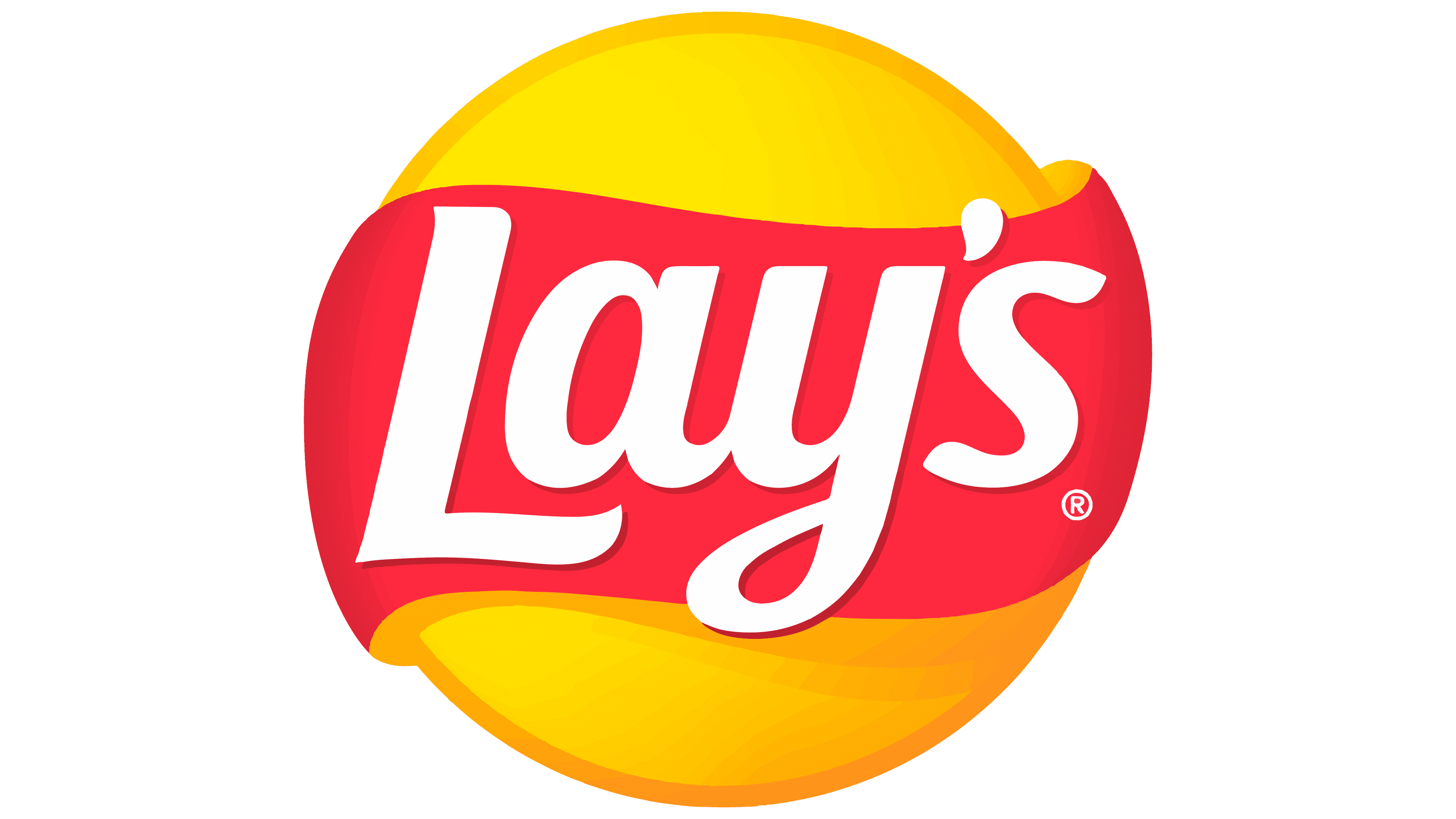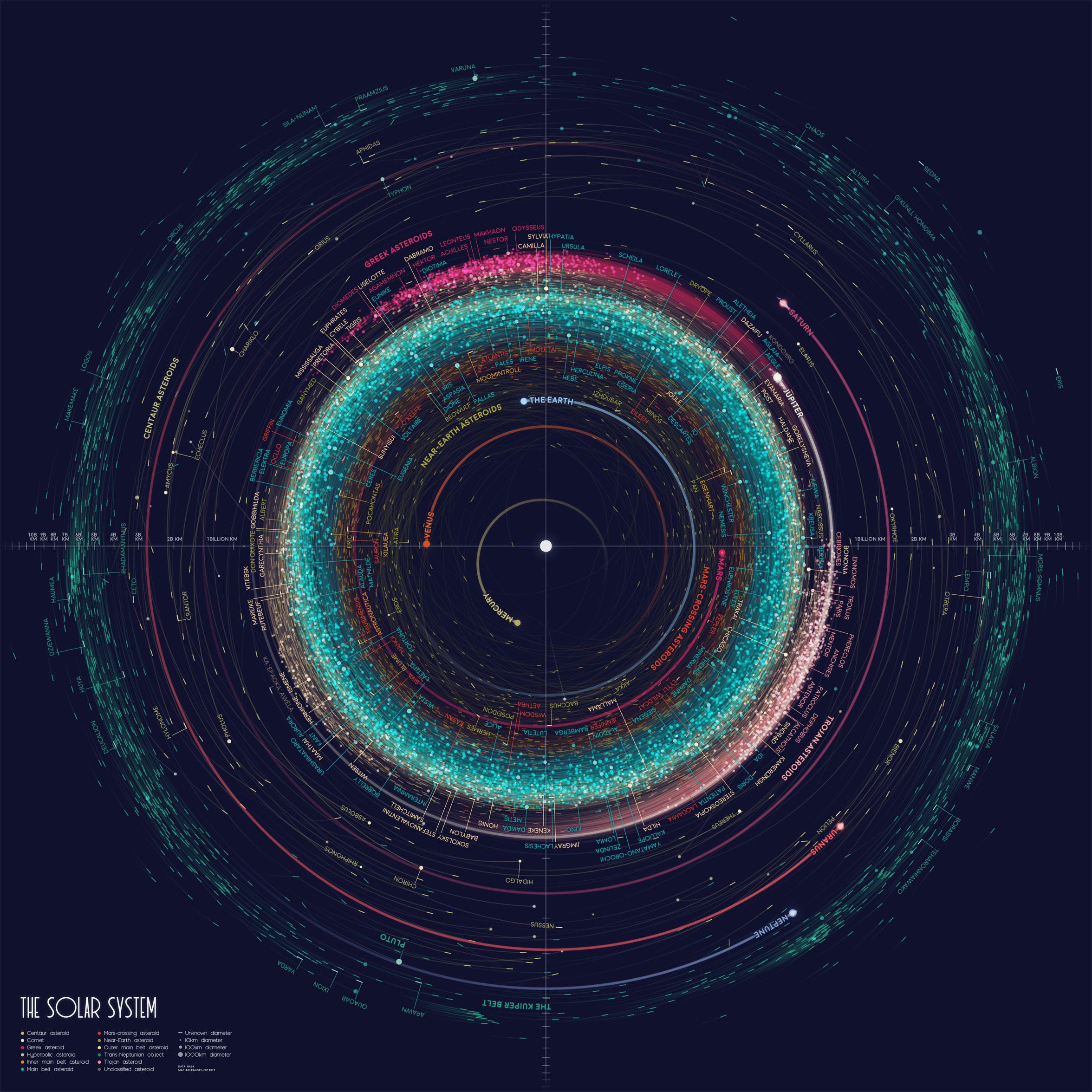Just wondering since I know a lot of people quietly use a screen-area-select -> tesseract OCR -> clipboard shortcut.
- I separate subjects of interest into different Firefox windows, in different workspaces – so I have an extension title them and a startup script parse text to ask the compositor to put them in the correct workspace (lets me restart more conveniently).
- I have automatically-set different-orientation wallpapers for using my 2-in-1 depending on whether I use it in portrait or landscape (kind of just for looks, but I don’t think if anyone else adds a wallpaper change to their screen rotation keybind).
I’m one of at most a handful people in the world with a full disk encrypted Steam Deck and unlocking using the touchscreen.
Until someone implements https://github.com/ublue-os/bazzite/issues/464 in Bazzite.
Machined badge reading “Built Not Bought”.
My dad used to put them on the cars he built.
My dad used to put them on the cars he built.
That’s pretty rad.
He was a rad guy.
I have two mice, one for either hand, and use xinput to flip the buttons on JUST the left one. It’s actually one of the main things keeping me from moving to Wayland, which doesn’t seem to have the same configuration features
LOL I’ve never seen that before.
Do you use them both at the same time? Or do you switch between them rapidly? (Maybe you could make a taskbar button-toggle if it’s the latter!)
My applications menu icon (or the “start” menu for the philistines) is a 🐢.
based
I’m using XFCE with Compiz, and since I have two monitors I have a 3D octagon instead of a 3D cube desktop.
I am indecisive when it comes to wallpapers so I have a script somewhere which accepts tag-words as arguments and then scrapes wallhaven.cc for those words at the resolution of my setup and picks one that contains those words at random before downloading it to my wallpapers folder and setting it as my wallpaper image.
So for example, you could just know you want something blue so you would run
wallpaper blueand it just grabs one and sets it. You could get a wallpaper of the sky, of a blue car, of the ocean, whatever happens to be a wallpaper that met the criteria of the word/s supplied.Risky business considering there’s always some horny anime crap mixed in on Wallhaven.
Filters and tags only help so much since lots of it either has poor tags or no tags at all.There is a toggle for SFW/Sketchy which in my experience has worked pretty well in avoiding such things, but you are probably right it does not catch everything.
If such a thing happened, I would just re-run the same command to update to a different one though. I guess I generally just make sure no one is in the room when it runs haha.
Whenever you get 3 in a row, you know what you have to do.
The gods have given you a sign.
KDE actually has a plugin that does just that, I use it currently to rotate a fantasy illustration as my wallpaper every hour from that site.
I use hot mount SATA slots for backup and other media. Not that common on workstations. Sure, common on servers.
I’ve got a RPI running a full-screen ‘kiosk’ view from homeassitant that turns an external display on/off based on a motion sensor.
So basically it’s showing current temperatures, thermostat control, etc. but I have the display turn off after X minutes of no movement and turn on when there has been movement so it’s only on when you’re in the room.
I have similar, but I turn my display on/off with HDMI-CEC based on time.
esphome or custom?
Much simpler than that - The motion sensors are zigbee and integrated with HomeAssistant. I have a HA automation that sends a REST call to a webservice I wrote on the PI that then just needs to write 1 or 0 to /sys/class/backlight/rpi_backlight/bl_power.
Do you know what the chip of the PIR is? How many false positives do you get?
It’s one of these. I don’t know the chip but I haven’t had any issues with false positives. If anything they’re slightly under sensitive, but not enough to be a deal breaker for my purposes.
I have a similar display in my kitchen. It’s in portrait mode and has time (my timezone and others), weather (hourly and daily), and dynamic popups for weather alerts in the top 1/3. It has a spot for dynamic content below that that shows things like time remaining for my espresso machine to heat up and the temperature of my ember mug if I’m using it. The bottom half of the screen flips every 15 seconds between calenders for my partner and I, and local scheduled transit times and live train times with a map of current train positions.
I’d love to see your implementation specs, code, pr any other technical details you’d like to share. I’m setting up home assistant and one of the things I want it to do is replace the functions of my thermostat and add some additional details.
I used to have a Nest Thermostat, but my furnace needed to be replaced a couple of months back and I got a Mitsubishi heat pump, but their thermostat sucks, and it isnt compatible with Nest because it’s all wireless. I installed the WiFi add-on to the furnace so I can use the app, too, but it also sucks pretty bad. Plus I miss the functionality of it turning down the heat when I’m away to save money and turning it back on before I get home.
So I’m planning to implement my own solution and documenting and open sourcing everything. But it’s going to be several months before I get to doing it due to other more urgent projects. So, I’m looking at everything available. I definitely will be setting up a small display to replace the thermostat and having motion detectors to turn on the display when you approach it to see the temperature and such and to supplement the home/away detection.
Anyway, I would love to see your implementation to see how you did this piece of it.
It’s really quite simple - but works pretty well. There are 3 components:
Kiosk service
A simple systemd service that starts a kiosk script.
[Unit] Description=Kiosk Wants=graphical.target After=graphical.target [Service] Environment=DISPLAY=:0.0 Environment=XAUTHORITY=/home/pi/.Xauthority Type=simple ExecStart=/bin/bash /home/pi/kiosk.sh Restart=on-abort User=pi Group=pi [Install] WantedBy=graphical.targetKiosk script
The script in /home/pi/kiosk.sh just starts a web browser in full-screen mode pointed at my home assistant instance:
#!/bin/bash xset s noblank xset s off xset -dpms export DISPLAY=:0.0 echo 0 > /sys/class/backlight/rpi_backlight/bl_power LANDING_PAGE="https://homeassistant.example.com/" unclutter -idle 0.5 -root & /usr/bin/chromium-browser --noerrdialogs --disable-infobars --kiosk $LANDING_PAGEDisplay service
I have a very simple python/flask service that runs and exposes an endpoint that lets you turn on/off the display. It’s called by a homeassistant automation for when the motion detector senses or hasn’t sensed movement.
Here’s the python - I have this started from another “kiosk.service” systemd service as well.
#!/usr/bin/env python3 import subprocess from flask import Flask from flask_restful import Api, Resource def turn_off_display(): with(open(backlight_dev, 'w')) as dev: dev.write("1") def turn_on_display(): with(open(backlight_dev, 'w')) as dev: dev.write("0") class DisplayController(Resource): def get(self, state): if state == 'off': turn_off_display() elif state == 'on': turn_on_display() else: return {'message': f'Unknown state {state} - should be off/on'}, 500 return {"message": "Success"} def init(): turn_on_display() if __name__ == "__main__": init() app = Flask(__name__) api = Api(app) api.add_resource(DisplayController, '/display/<string:state>') app.run(debug=False, host='0.0.0.0', port=3000)You can then have the HA rest action call this with “http://pidisplay:3000/display/on” or off.
I use my DE mostly as it comes, that’s got to be unique in this community
Some people use plasma because they like how configurable it is. I do like that, but I’m also drawn to it because of its great defaults.
The main ways I change it are setting my background (on my work activity I have it selecting from various company related backgrounds while on my personal activity it uses a selection of my favourites of my own photos) and adjusting the bottom panel.
Funny you should say that, I always felt like the defaults are really bad.
Probably, I have about 20 extensions for GNOME and have tweaked right about every setting and keybind.
I just like the extension that lets me swap audio devices without delving into settings
my awesome wm config has a lot of customization. We’re talking 5+ years of basically re-writing an entire theme, along with behaviours, widgets, and bindings.
Which WM?
I am new to themes with gnome and am interested in learning about it in that capacity if you should have any resource material saved!
Definitely not nobody but statistically VERY FEW people will have this combination:
- pop!os (fight me!)
- script that limits accumulator charge to 80% on asus laptop
- script that turns on vpn if out of home and kicks off a backup if at home (through wifi ssid)
Edit: nice try to fingerprint me, big tech. You succeeded! /j
Triangulating your location. Are you… in the
Milky Way Galaxy?(Thanks for reminding me to limit accumulator charge)
Yeah, I have a script that toggles my Dell XPS between full charge and 80%, as I’m usually on mains and only need full charge occasionally.
CTRL+SHIFT+L to sync my room lights to the screen using huenicorn. Plan on hooking up openrgb as well when I can be bothered to write a script.
Mine is probably more of a combo of things to streamline my workflow than anything else.
I use Sways multiple workspaces to segregate my apps into different workspaces for different tasks on startup of that app using the assign function in my Sway config. For example VS Code and one particular Firefox window always goes to Workspace 3.
I use the Layman Sway scripts to force all my normal workspaces to different layouts that is appropriate for that function. So workspace 3 with VS Code and a Firefox window is set in a 75/25 split with VS Code set to always take the bigger share. I can switch the two sides from largest on the left to largest on the right, or swap the apps between the two splits, or make a window full-screen with simple keyboard shortcuts.
Odd workspaces are on my left monitor, even ones on the right. This coupled with per workspace wall paper (all my windows are translucent, not for everybody I know) and particular tasks locked to predefined workspaces means I am never hunting around for something. Even if I did lose something I can use rofi to switch to it. If its an essential app I can use my keyboard shortcut that I use to launch the app, switch to it using swayr by activating the shortcut again.
I have used QMK for my keyboard to reduce the number of keys I must use to activate most of my shortcuts, and move them to my number row and home row using layers, double taps, and holds. I try to layer up the same family of functions on the same key but on different layers, so for example, the VI arrow keys move between windows, resize windows, move windows, depending on which layer I have chosen.
Coming from Windows, I set up KDE’s Spectacle to open with Super + Shift + S in Area Select Mode and save and copy to clipboard on click release
Maybe not as unique but kinda neat I think
I do this too. just a very slick hot key combo imo
Not unique, but we are now kindred (I did the same <:)
Small thing, but I really like it: I have ~/autoclean_tmp directory on most of the hosts I use as a desktop. Then on crontab I have a find-command which automatically deletes files which are 7 days or older. I can throw stuff I download from the internet and copy from other hosts, random text files when setting up new stuff and so on in there and they just vanish after a while.
I have the same type of thing. An alias that creates a tempdir that is based on the date, then cd’s into it. Then a cron job that finds dirs that are older then N days old and deletes them. I use these for most of my scratch work. Having several days to look back at what you did and know when you did it is so nice.














